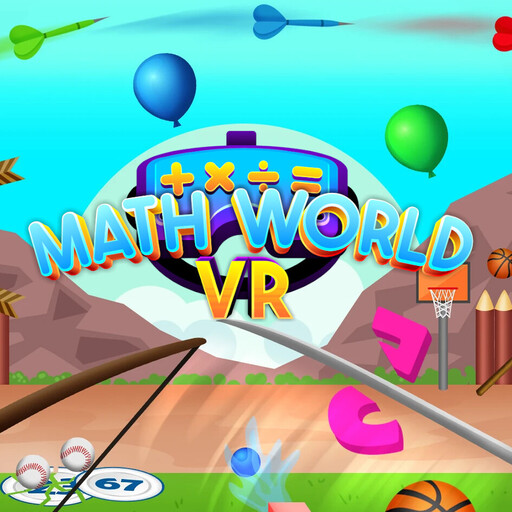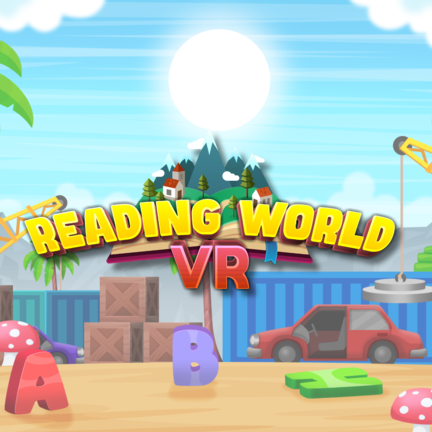Virtual Reality (VR) is no longer just a buzzword in the tech industry. It’s a transformative tool that’s reshaping various sectors, including education. For special needs education, VR offers a world of possibilities, creating tailored experiences that cater to individual learning needs. Let’s delve into how VR is revolutionizing special needs education.
1. Personalized Learning Environments
Every special needs student possesses a distinct set of strengths, challenges, and learning preferences. The one-size-fits-all approach of traditional classrooms often falls short in addressing the diverse needs of these students. Enter Virtual Reality (VR) – a game-changer in the realm of special needs education.
VR’s immersive nature allows educators to design and modify learning environments that align perfectly with a student’s individual requirements. Imagine a classroom where every student has their personalized learning space, tailored to their sensory and cognitive needs. That’s the promise of VR.
For students with autism, sensory overload can be a significant challenge in traditional classrooms. Bright lights, loud noises, and the constant buzz of activity can be distracting, if not distressing. VR offers a solution by allowing educators to design calm, distraction-free virtual spaces. These environments can be adjusted in terms of light, sound, and visual stimuli, ensuring the student remains comfortable and focused.
But how can schools make the leap from traditional to VR-based learning? Collaboration is key. By partnering with VR developers schools can develop bespoke virtual environments.
For instance, if a student with ADHD finds a particular VR setting too stimulating, elements can be toned down. Conversely, if a student with dyslexia benefits from specific visual aids in the VR environment, these can be amplified.
Moreover, the iterative nature of VR development means that as students grow and their needs evolve, their virtual learning environments can adapt in tandem. Regular sessions where students and educators provide feedback ensure that these VR spaces remain effective and relevant.
2. Safe Skill Practice
Repetition is a cornerstone of learning, especially for special needs students. It aids in reinforcing skills, building muscle memory, and fostering confidence. However, in the real world, repetitive practice can sometimes come with challenges, limitations, or even risks. This is where Virtual Reality (VR) steps in, offering a transformative solution in special needs education.
The immersive nature of VR creates an environment where students can engage in repetitive practice without the constraints of the physical world. This is not just about academic learning but extends to life skills and motor functions as well.
Consider the challenges faced by a student with motor difficulties. In the real world, practicing tasks like pouring a glass of water or tying shoelaces can come with the anxiety of spilling or tripping. However, in a VR setting, these concerns vanish. The student can practice the task repeatedly, honing their skills without the looming fear of making a mess or getting hurt. The virtual environment offers them the freedom to make mistakes, learn from them, and improve, all in a consequence-free zone.
But it’s not just about motor skills. Students with cognitive challenges can benefit immensely from VR’s repetitive practice capabilities. For instance, a student with memory retention issues can navigate a virtual grocery store multiple times until they can remember the list of items they need. Or, a student with social interaction challenges can engage in virtual social scenarios, practicing conversation cues and responses.
3. Social Interaction Training
Navigating social situations can be a daunting task for many special needs students. The unpredictability of human interactions, the multitude of cues to pick up on, and the fear of making mistakes can make social settings overwhelming. However, with the advent of Virtual Reality (VR), there’s a new avenue to practice and hone these skills in a more controlled and forgiving environment.
The immersive nature of VR provides a unique opportunity for students education. Within the virtual world, they can engage in a wide range of social situations without the immediate pressures of the real world. This controlled setting allows them to focus on specific aspects of social interaction, breaking down the complexities into manageable parts.
For instance, consider a student who struggles with maintaining eye contact. In a VR setting, they can practice this specific skill with a virtual character, gradually increasing the duration of eye contact over multiple sessions. Similarly, students who find it challenging to understand facial expressions can engage with virtual characters that exaggerate these expressions, helping them recognize and interpret emotions better.
4. Sensory Processing and Regulation
Sensory processing disorders can make traditional education a challenge for many students. The constant barrage of stimuli, from the hum of fluorescent lights to the chatter of classmates, can be overwhelming. However, Virtual Reality (VR) offers a unique solution, allowing these students to customize their sensory environment, ensuring they remain comfortable and focused.
The immersive nature of VR means that students are transported away from potentially distressing stimuli and into environments that cater specifically to their sensory preferences. This isn’t just about escapism; it’s about creating a conducive learning atmosphere tailored to individual needs.
Personalized Sensory Control: One of the standout features of VR is the ability to adjust sensory inputs. For a student who might be sensitive to bright lights, VR environments can be dimmed. For those who might find certain sounds distressing, they can be muted or replaced with more soothing alternatives.
Building Resilience: Over time, VR can also be used as a tool to help students build resilience to sensory stimuli. Starting with a low-stimulus environment, educators can gradually introduce new stimuli, helping students acclimate at their own pace.
5. Real-World Scenario Training
For many special needs students, stepping into unfamiliar situations can be a source of anxiety and uncertainty. However, with the advent of Virtual Reality (VR) in education, these students can now practice and familiarize themselves with real-world scenarios from the safety of a controlled environment. This “rehearsal” can be a game-changer in building confidence and ensuring successful real-world interactions.
A Safe Space to Learn: One of the primary advantages of VR is the ability to create a risk-free environment. In the virtual world, mistakes are allowed. Students can practice as many times as they need, without any real-world consequences. This trial and error approach can be immensely beneficial in learning and mastering new skills.
Detailed Scenario Breakdown: VR doesn’t just offer a general overview; it can break down scenarios into detailed steps. For instance, in the bus ride simulation, students can practice each phase: waiting at the bus stop, signaling the bus to stop, boarding, finding a seat, requesting their stop, and disembarking.
6. Aid With Motivation and Engagement
The world of education has always sought methods to make learning more interactive and engaging. With VR, we’re not just stepping into a new method; we’re diving into a whole new dimension of learning. For special needs students, this can be a game-changer.
Capturing Attention: One of the primary challenges educators face, especially with special needs students, is capturing and retaining their attention. VR does this effortlessly. This focused environment can be particularly beneficial for students with ADHD or similar conditions.
Interactive Learning: VR isn’t just about watching; it’s about doing. Instead of listening to a teacher describe the Pyramids of Egypt, students can virtually walk around them, exploring every nook and cranny. This active participation can lead to deeper understanding and retention.
Building Confidence: For many special needs students, the traditional classroom can be intimidating. In a virtual environment, the fear of judgment or ridicule disappears. They can answer questions, make mistakes, and learn, all in a private space. Over time, this can boost their confidence, which might translate to increased participation in the real world.
Adaptable Learning Environments: Not all students learn the same way. With VR, educators can adapt the learning environment to suit each student’s needs. For instance, a student who is a visual learner might benefit from 3D diagrams and models, while an auditory learner might prefer VR lessons with more narration.
Conclusion
Virtual Reality is more than just a technological marvel; it’s a beacon of hope for special needs education. By creating tailored, immersive, and engaging experiences, VR addresses the unique challenges these students face. As technology advances, the potential for VR in special needs education will only grow, ensuring every student gets the personalized education they deserve.








